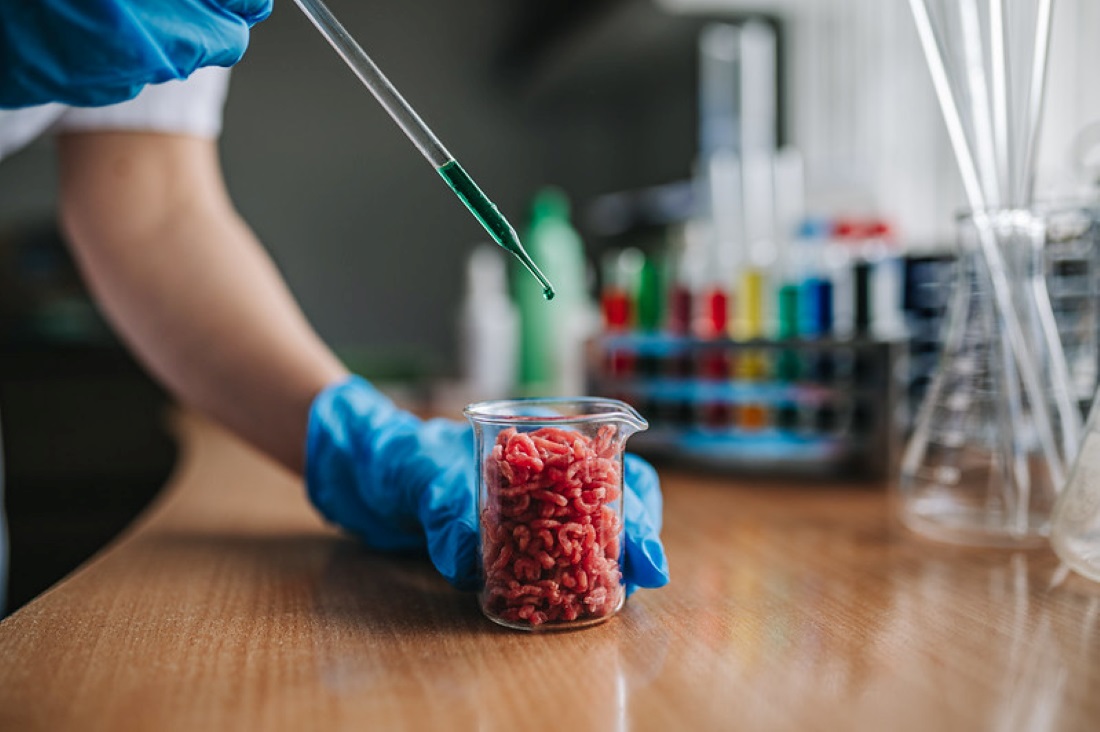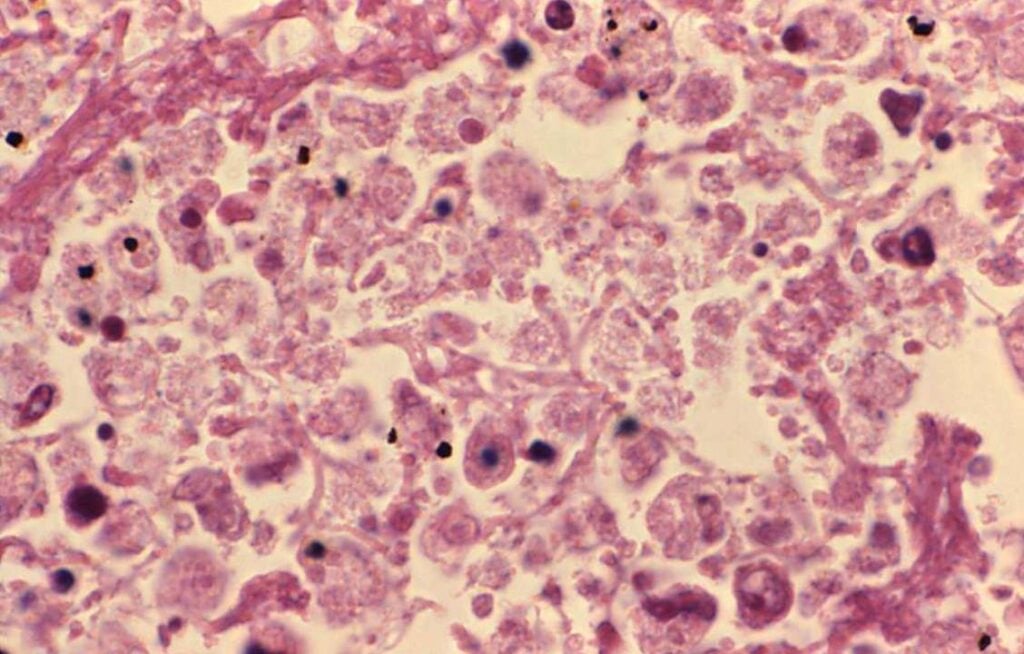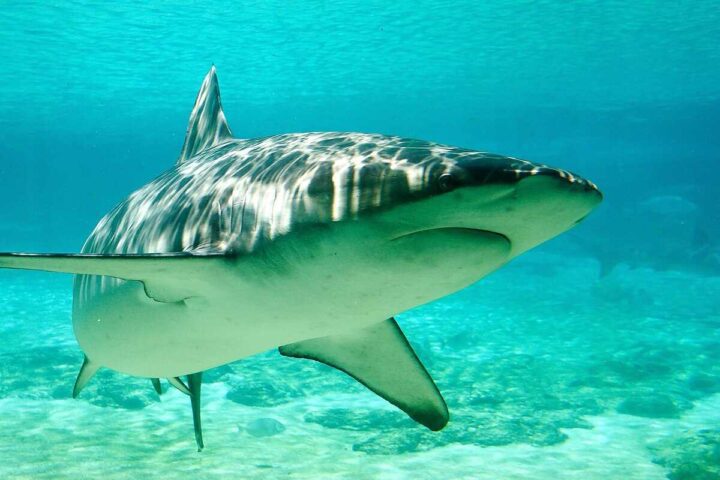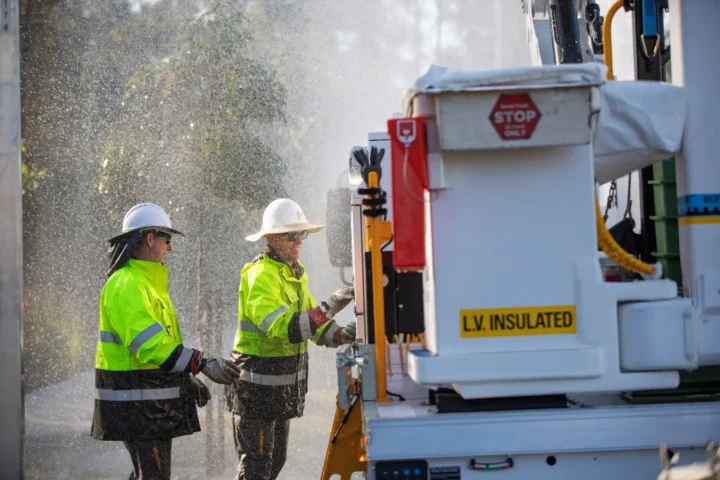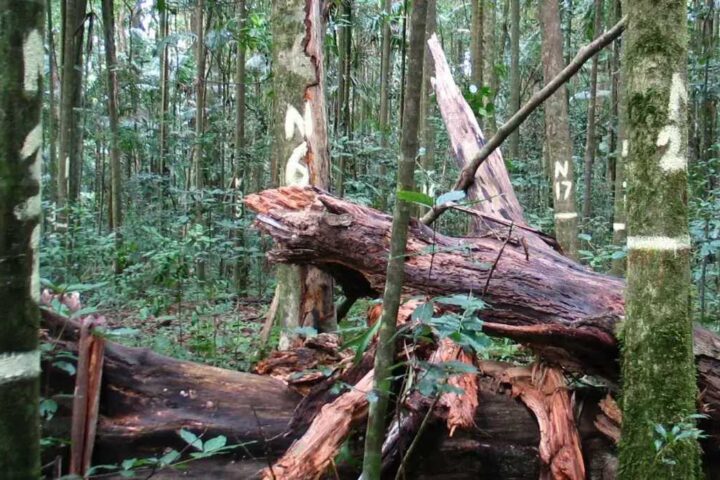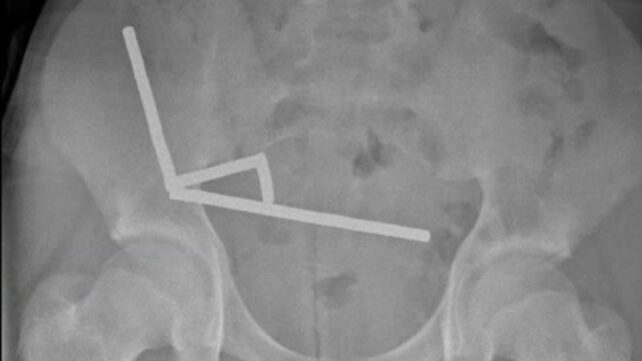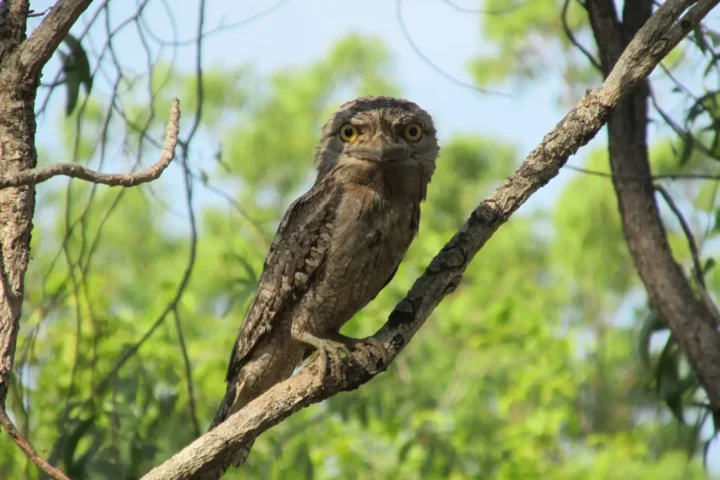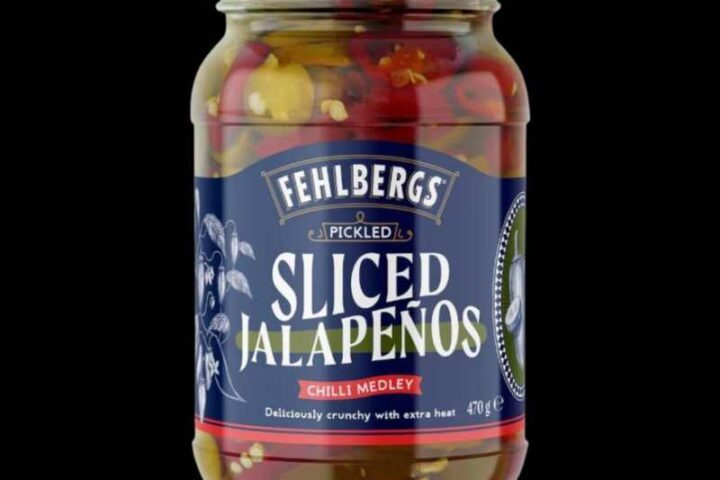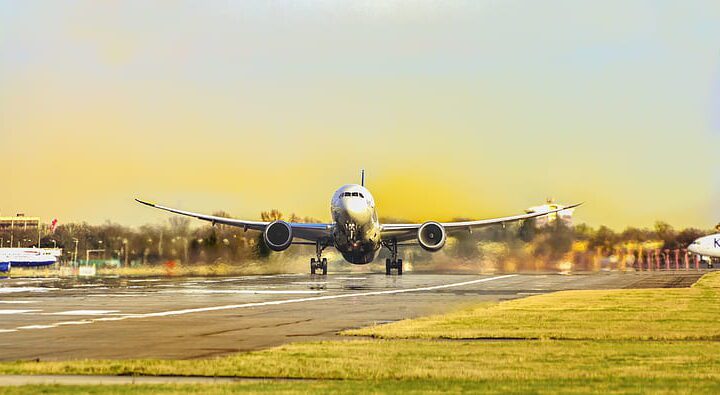Australian diners will soon taste the country’s first approved lab-grown meat as Vow’s cultured quail products hit restaurant menus within weeks. This marks a significant milestone as Australia joins Singapore, the United States, and Israel in approving cell-cultivated meat for human consumption.
What is lab-grown meat?
Lab-grown meat, officially labeled as “cell-cultured” or “cell-cultivated,” is real animal meat grown from cells in a controlled environment rather than from slaughtered animals. Unlike plant-based alternatives that mimic meat, cultured meat contains actual animal cells.
“This isn’t theoretical anymore – it’s a new category of meat that hasn’t just been accepted, it’s been embraced,” says George Peppou, CEO of Sydney-based company Vow.
How is it made?
The process begins with cells taken from an animal – in Vow’s case, Japanese quail. These cells are placed in large vessels called bioreactors, where they’re fed nutrients to grow and multiply. Vow’s factory houses “Andromeda,” the world’s largest food-grade bioreactor, standing seven meters tall.
Peppou describes the process as “incrementally more complex than beer brewing.” Once grown, the cells are harvested using a centrifuge, resulting in what Peppou calls a homogenous, pale pink substance that requires further processing to become food.
Unlike attempts to create structured meat cuts, Vow focuses on products with uniform textures like whipped pate, foie gras, and an edible tallow candle – all easier to produce with current technology.
Is it safe?
Food Standards Australia New Zealand (FSANZ) conducted a “multi-year” safety assessment before approving Vow’s products. Their findings showed no health or nutritional risks, confirmed genetic stability, and demonstrated low risk of bacterial contamination.
The cultivated cells are screened for pathogens, and because they’re grown in controlled environments, they generally carry a lower risk of foodborne illness compared to conventional meat production.
How does it compare to conventional meat?
Taste and texture
One journalist who sampled Vow’s products described the parfait as “velvety, savoury and very rich,” tasting similar enough to chicken liver parfait to be convincing. The foie gras, however, was “less convincing” with a “bouncy” texture like spam, lacking the “unctuous, mouth-coating effect” and “metallic, organ funk” of traditional foie gras.
Environmental impact
Proponents claim significant environmental benefits. The Good Food Institute estimates cultured meat could require up to 90% less land than traditional beef production and cut air pollution by as much as 94%. Reducing methane from livestock is a key potential benefit.
Similar Posts
However, critics note the high energy demands of production. Some research, including a study from the University of California, Davis, suggests the environmental footprint could actually be higher than conventional meat with current production methods, unless powered by renewable energy.
Cost and scale
Currently, Vow can produce about 538 kilograms in a single harvest – a world record for cultured meat but tiny compared to Australia’s 388,000 tonnes of chicken produced in March 2025 alone.
The high production costs mean cultured meat products are starting in high-end restaurants. At Singapore’s Fura bar, Vow’s quail-based snacks sell for about $20 SGD (approximately $22 AUD).
Professor Paul Wood, an expert on cell-based protein, has expressed skepticism about the economic viability of producing lab-grown meat at scale, suggesting it may be less sustainable than traditional meat systems.
Consumer acceptance challenges
A significant hurdle for cultured meat is public perception. Many consumers express concerns about the “naturalness” of the product, with terminology like “lab-grown” evoking negative reactions.
Industry experts suggest comparing the production process to familiar activities like brewing beer rather than sterile lab environments to help consumers become more comfortable with the concept.
What if everyone switched to lab-grown meat?
Complete adoption remains far in the future due to current production limitations and costs. Vow aims to produce “hundreds of thousands of tonnes by 2030,” which would be similar in scale to Australia’s beef industry, but this remains aspirational.

Dr. Crispin Howitt from CSIRO sees new protein production methods as complementary to existing ones, potentially addressing increasing global protein demand without requiring more agricultural land.
For now, cultured meat represents a small but growing addition to Australia’s food landscape, with its long-term impact yet to be determined.
